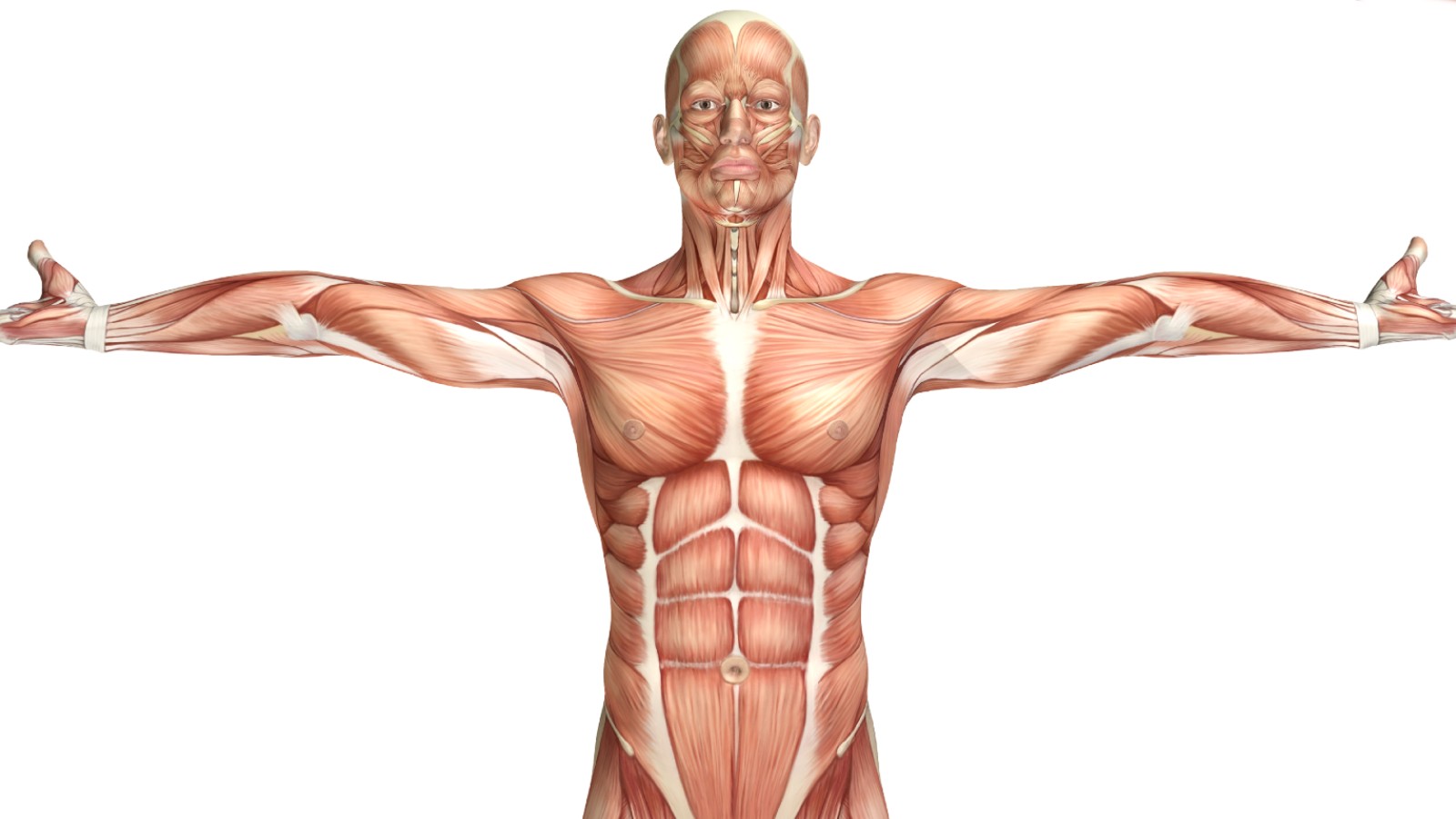Within the body there are three energy systems or pathways, allowing the body to receive useable energy for fitness activities. The systems all utilise a compound known as Adenosine Triphosphate (ATP) however they differ in how this compound is accessed or produced:
The main source of muscle energy for high-intensity exercises over a very short time period (between 5-15 seconds) such as a short sprint or the lifting of weights.
This type of activity uses the energy (ATP) that is stored in the muscles along with another compound Creatine Phosphate (PCr), however, this stored energy is quite minimal hence it is only capable of powering short energy burst exercises.
The main source of energy for high-intensity exercises that are undertaken over slightly longer periods (1-2 minutes) such as a 400m race.
The body switches to this energy system once the Alactic Anaerobic Energy System has been depleted. It works by rapidly breaking down carbohydrates (in the form of glucose) through a process known as glycolysis to produce ATP. However, by-products of this process, lactate and hydrogen can cause muscle fatigue and burning sensations.
The endurance energy system, works by using food energy and oxygen to support activity over much longer periods (ie. an hour or more) such as running a marathon or long bike ride.
The body converts oxygen, carbohydrates (glucose), fats and even proteins into usable ATP using a combination of the Krebs Cycle (or the Citric Acid Cycle) and the Electron Transport Chain.
This process is fairly complicated, however, the main takeaway is that whilst it is slower at producing energy than the first two systems it is more sustainable as it utilises vast reserves of oxygen, carbohydrates, fats and proteins to continually produce ATP and can thus be used over longer periods.
The following video further explains the three energy systems:
The main reason it is essential for coaches and trainers to have a working knowledge of the energy systems is to ensure training programs are set up in such a way that allows for appropriate recovery options during and after exercise activities. Recovery is divided into two forms:
-
Short-term Recovery (also known as Active Recovery) - Occurs immediately after an exercise routine and can continue for a couple of hours. It involves reducing intensity but still maintaining some form of movement. For example, walking after a period of running. Short-term recovery also involves the replenishment of energy stores such as fluids and proteins. An alternative to the active component of short-term recovery is passive recovery which is the ceasing of movement altogether for a short period of time. For example, sitting down or standing still. This type of immediate recovery is advised in the event of an injury or medical incident.
-
Long-term Recovery - These tactics are built-in to a longer training program and may include things like adjusting the training type, modifying diet, improving sleep patterns and scheduling rest days.

